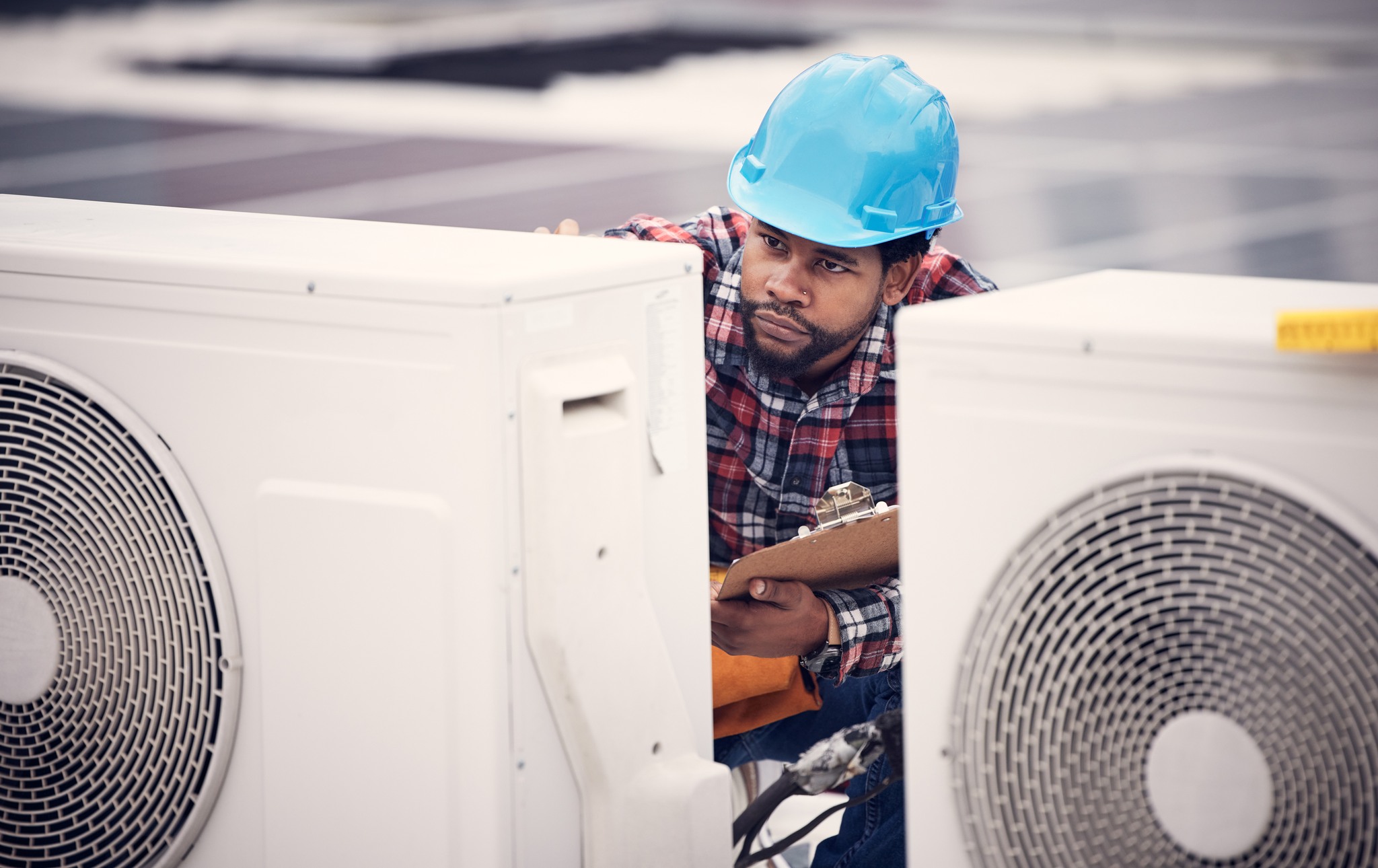Heat pumps use electricity to move heat from a cool space to a warm space, making the cool space cooler and the warm space warmer. During the heating season, heat pumps move heat from the cool outdoors into your warm house and during the cooling season, heat pumps move heat from your cool house into the warm outdoors. Because they move heat rather than generate heat, heat pumps can provide equivalent space conditioning at as little as one quarter of the cost of operating conventional heating or cooling appliances.
Spring Refresh: How to Change Your HVAC System's Air Filters

FAQ
-
What is a heat pump?
-
How do I know what size unit I need?
If you have any problems with your system, you should contact the contractor who installed the units. All our systems are covered by a 5 year parts, 7 year compressor limited warranty -
Most common Boiler Issues
- Boiler fails to ignite
- Low pressure
- Strange Noises
- Boiler is not responding to the thermostat
- Cold Radiators
- Boiler leaking or dripping
- Boiler cycling very fast
- Available Hot water but No Heat -
Furnace is blowing cold air in Winter?
This can be due to Ignition lockout, sometimes could be resolved by resetting the power and if this does not resolve the issue you should contact a certified gas technician from A-Plus Quality to get this problem resolved!
-
What is a mini-split?
By definition, and simply put, a “Split System” is a heating and air conditioning system which has two main components, the indoor unit and outdoor unit. In short, the indoor unit absorbs heat energy in the cooling mode, and the outdoor unit rejects the very heat absorbed by the indoor unit. And the cycle is repeated until the set temperature is met. Although the indoor and outdoor units are located in physically different, hence “split” locations, they are connected and operate as, one system; continuously circulating refrigerant liquid and vapor by means of interconnecting, dehydrated copper refrigerant lines, commonly referred to as a “Line Set”.


